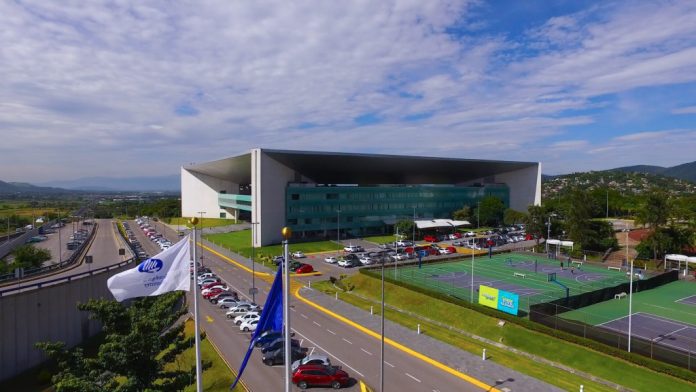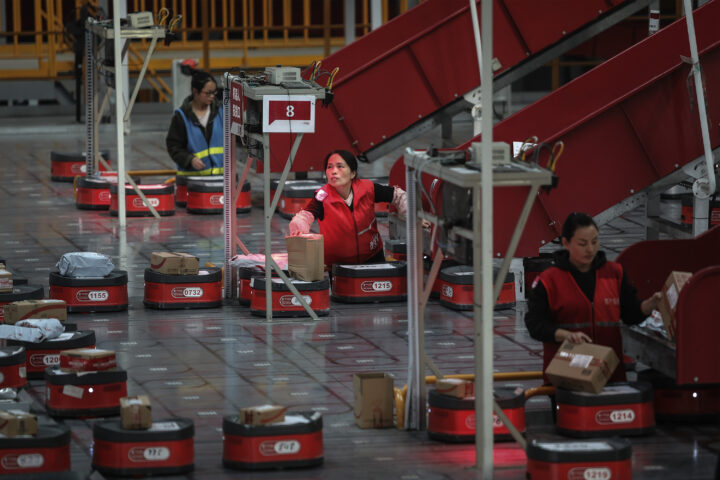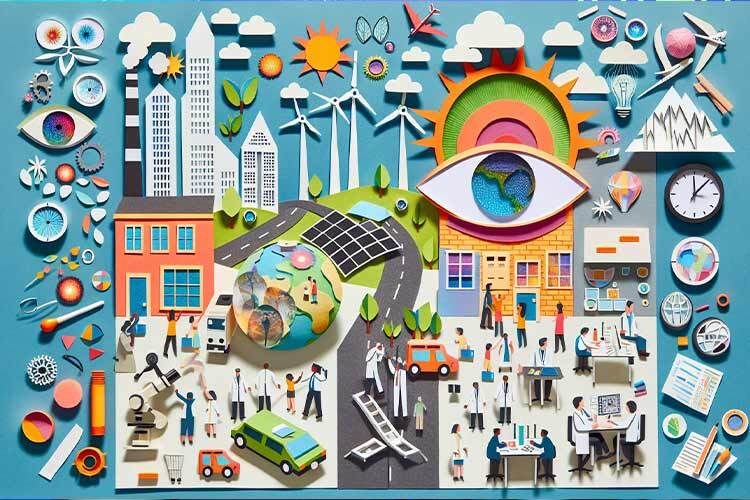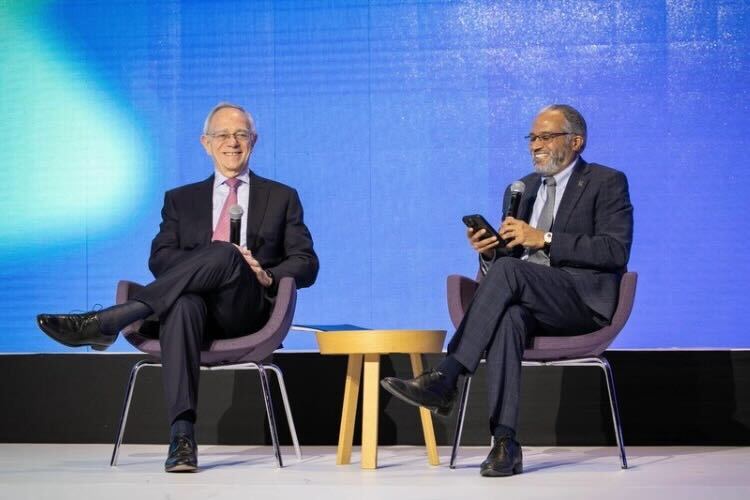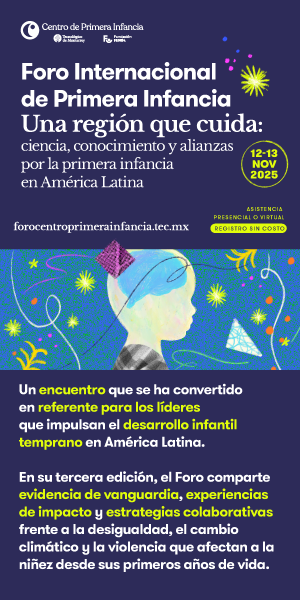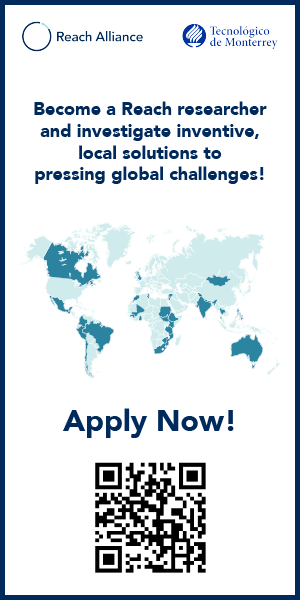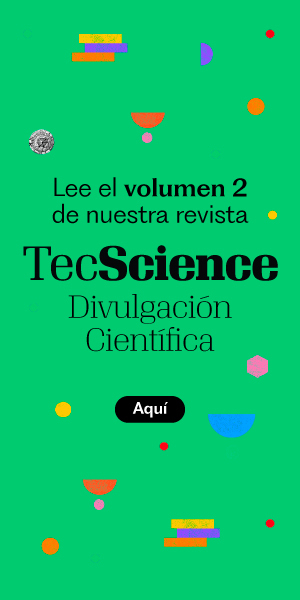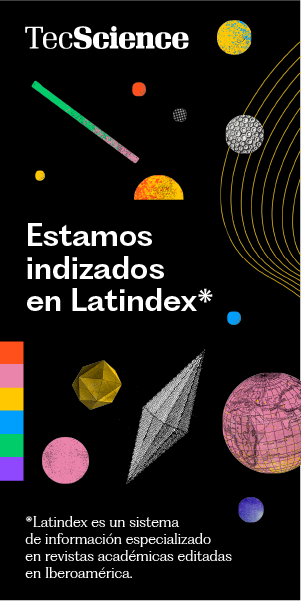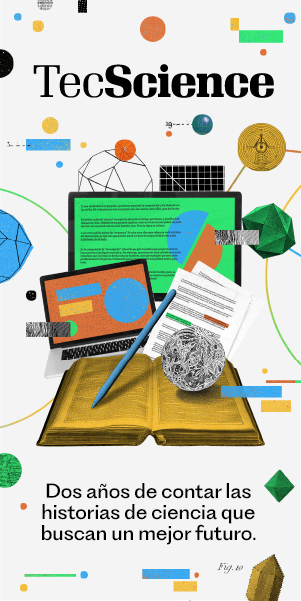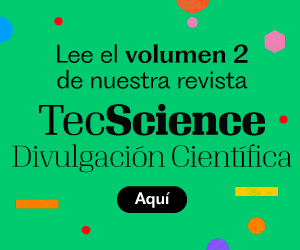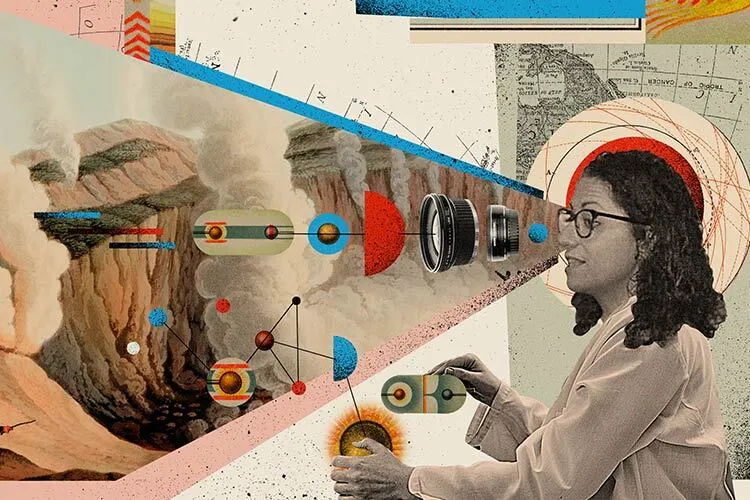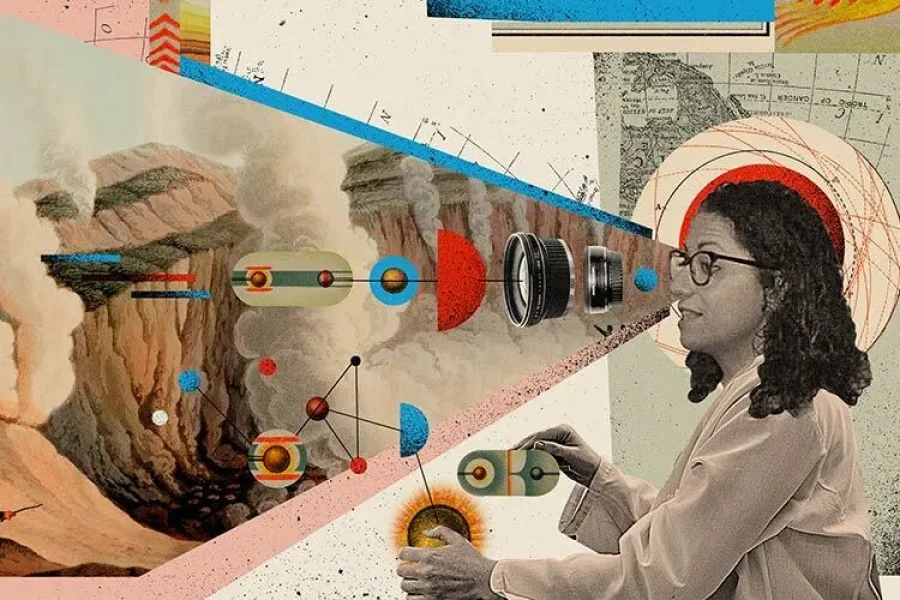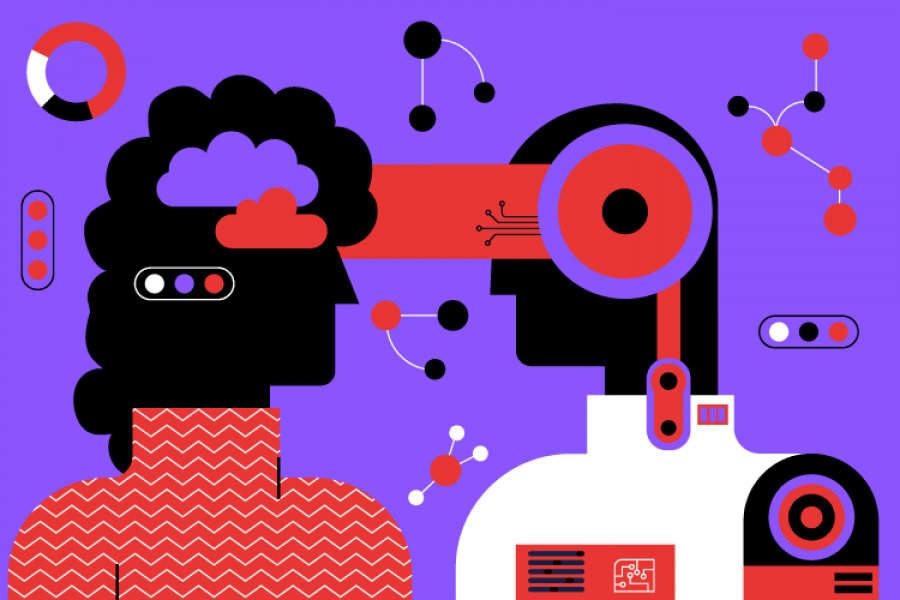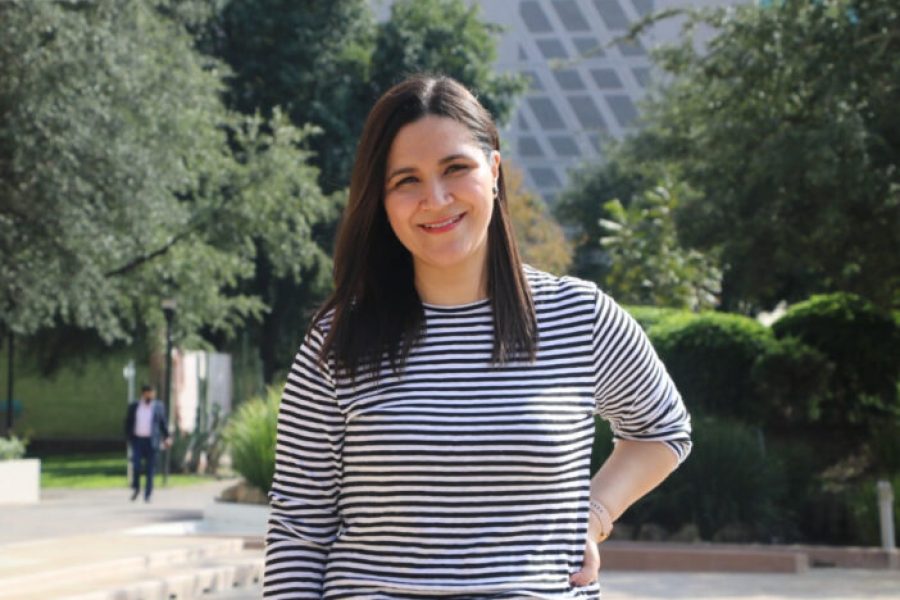This year, Tecnológico de Monterrey and the Massachusetts Institute of Technology (MIT) celebrated a decade of scientific collaboration. The alliance, which commemorates the centennial of Eugenio Garza Sada’s graduation from MIT, was established with support from FEMSA and the founder’s family.
“It’s a perpetual alliance, as long as both universities desire it,” explains Adriana Vargas Martinez, Associate Dean of Graduate Studies at the School of Engineering and Sciences of Tecnológico de Monterrey, who has coordinated the partnership since 2019.
An Alliance Built on Exchange
The initial objective was to strengthen research in nanotechnology and nanoscience, leveraging the infrastructure of MIT.nano, a space dedicated to exploring the birth of the Nano Age.
Operating across various topics, the partnership offers 10-month research stays for professors, postdoctoral researchers, and doctoral students; week-long intensive courses in MIT laboratories, training workshops both in-person and online, and an exchange program for undergraduate students from any Tec campus.
The decade’s results are tangible: more than 1,700 students, 170 professors, and 45 postdoctoral researchers have made the journey to Cambridge or participated virtually.
The pandemic, while presenting initial challenges, ended up unexpectedly expanding the collaboration’s reach. “We’re reaching numbers that we couldn’t achieve in person due to space limitations,” notes Vargas. Nearly 400 students participate annually in online workshops that began during the pandemic. Previously, with in-person laboratory sessions, they could only accommodate eight people per year.
Participation numbers aren’t the only factor measuring the collaboration’s impact. It’s also evident in research quality, says Vargas. She explains that, on average, Tec researchers’ publications are cited 13 times and MIT scientists’ publications receive 38 citations. When they publish together, she says, these publications are cited 44 times on average.
New Program, New Research Paths
The enduring relationship between both institutions is also reflected in growing interest from MIT researchers.
“Initially, to be honest, only a few researchers would host us. Not everyone knew about Tec,” recalls Vargas. The current situation is different: from struggling to receive six applications, they now often have twenty candidates to choose from for the six collaborative projects.
The alliance is also opening new paths for undergraduate students. A program launched this year allows seventh-semester students to conduct research stays at MIT. In the first year, seven mechatronics students went on exchange to work within MIT’s mechanical engineering department. “Sending seven people this semester will open doors for other majors to do the same,” notes Vargas.
The experience can transform not only professional careers but also personal perspectives. “It opens your eyes,” explains Vargas, highlighting how exposure to emerging technologies and new ideas helps students visualize their future paths: from making decisions about graduate studies to choosing areas of professional specialization.
Innovation Reflecting the MIT – Tec de Monterrey Impact
The most recent numbers from 2023-2024 highlight the program’s continued growth: more than 300 students participated in an online nanotechnology workshop, while 48 attended in-person workshops at MIT. Additionally, two doctoral students, three postdoctoral researchers, and one professor completed 10-month research stays.
Beyond the data, the alliance’s impact is reflected in its participants’ success stories. Among the notable cases is the Álvarez-Trujillo Lab at Campus Monterrey, led by Mario Moisés Álvarez and Grissel Trujillo. They went from being part of the first generation of researchers who traveled to MIT to leading their own company, Forma Foods, which innovates in plant-based protein developed in their lab.
The alliance’s next decade isn’t strictly defined, says Vargas. Rather, they hope the program’s growth continues to reflect advances in industry and technology. While the initial focus was nanotechnology, the scope has now broadened to three new impact areas: aging and food security, climate change and sustainability, and industrial transformation towards artificial intelligence.
“What’s next? Continue impacting more people, more students, and keep on collaborating,” Vargas affirms. “The important thing is to ensure that the research work is an impactful one. The kind that really leaves a mark on each of the topics being proposed.”
Did you find this story interesting? Would you like to publish it? Contact our content editor to learn more at marianaleonm@tec.mx

